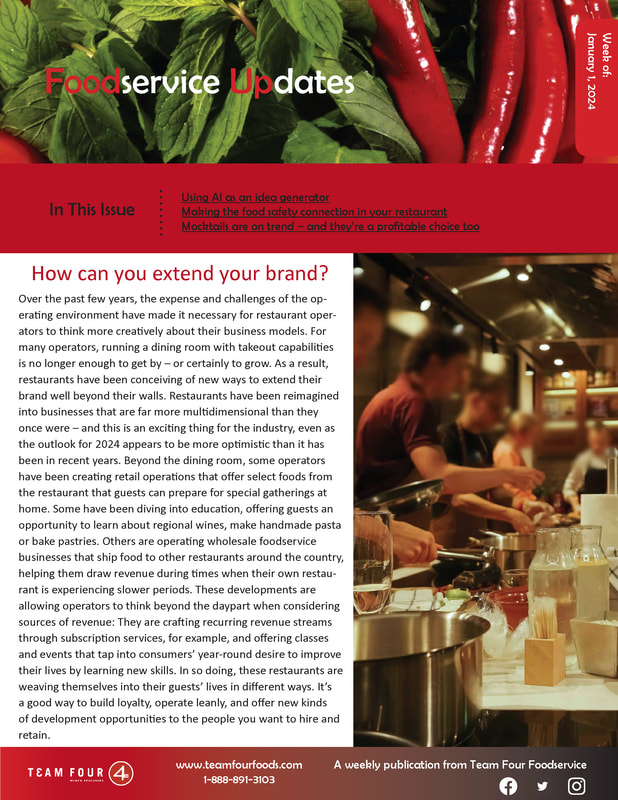 How food cost management can help The average price of food in the United States surged 9.4 percent in the 12 months ending in April. That’s the highest increase since April 1981, according to inflation data published in May by the U.S. Bureau of Labor Statistics. While the Consumer Price Index increased 8.3 percent for the year ending in April, a slight decrease from the previous month’s 40-year-high, restaurant menu prices have continued to climb. At a time when consumers are seeing significant increases in their grocery spending, restaurant operators face the challenge of making restaurant food feel like a worthwhile expense. While it’s a good time to scrutinize costs throughout your business to find ways to do things more efficiently, reviewing your food costs is an ideal place to start. There are a number of tactics you can use to keep food costs under control without compromising the experience of a dish. Consider how making these adjustments could impact your bottom line: Adjust portion sizes: Your menu should be assembled to maximize profits, so understand where expenses may be lurking. Your guests may not notice (or mind) a small reduction in the size of your ribeye steak as much as you think they will: One survey found that 86 percent of the chefs said diners would notice if they reduced portion sizes by 25 percent, while 60 percent of diners said they wouldn't. Elevate prices where you’re offering a better experience: You might take a lower-priced menu item and weave in a premium ingredient that makes the dish feel like it’s worth a few extra dollars. At the same time, make sure any premium ingredients are going into your main dishes, not in sides where they may be overlooked. Use better-value ingredients where guests are less likely to notice: While premium ingredients are best left to your entrées, your side dishes are optimal spots for your pantry workhorses. Are there other parts of your menu where lower-cost staples can be used to fill the backdrop of a plate while keeping your menu costs down? Could you easily swap in a pre-made dressing or sauce from a supplier that reduces your labor costs? Steer guests toward your highest-profit options: Consider how you can use server training, strategic menu-item placement or promotion of an item as a limited-time special to entice guests to try your premium offerings. Offer value: At a time when your more budget-conscious guests may be scaling back, provide them with some wallet-friendly options. Wendy’s, for one, has been focusing on highlighting its value offerings as inflation has affected spending. Limit the extras: In addition to finding more economical packaging options, ask guests to proactively opt into plastic cutlery, napkins, individually packaged sauces and other extras that your team might otherwise include in to-go orders automatically. If you normally bring bread or salad to the table at the start of a meal without question, first ask guests if they would like it – or perhaps upscale those items and offer them as starters priced à la carte. Your guests may see these changes as less of a sacrifice than a practical means of cutting back on waste and extra calories.
0 Comments
Leave a Reply. |
More Inflation ArticlesBecome recession-readyStriking the right balance on priceFight inflation challengesArchives
April 2024
Categories
All
|
Foodservice CEO is provided for informational purposes only. It is intended to offer foodservice operators’ guidance regarding best practices in running their operations. Adherence to any recommendations included in this Guidance will not ensure a successful operation in every situation. Furthermore, the recommendations contained in this website should not be interpreted as setting a standard of operation or be deemed inclusive of all methods of operating nor exclusive of other methods of operating.
Copyright 2023 Team Four Foodservice, All Rights Reserved.




 RSS Feed
RSS Feed